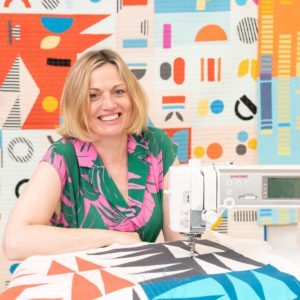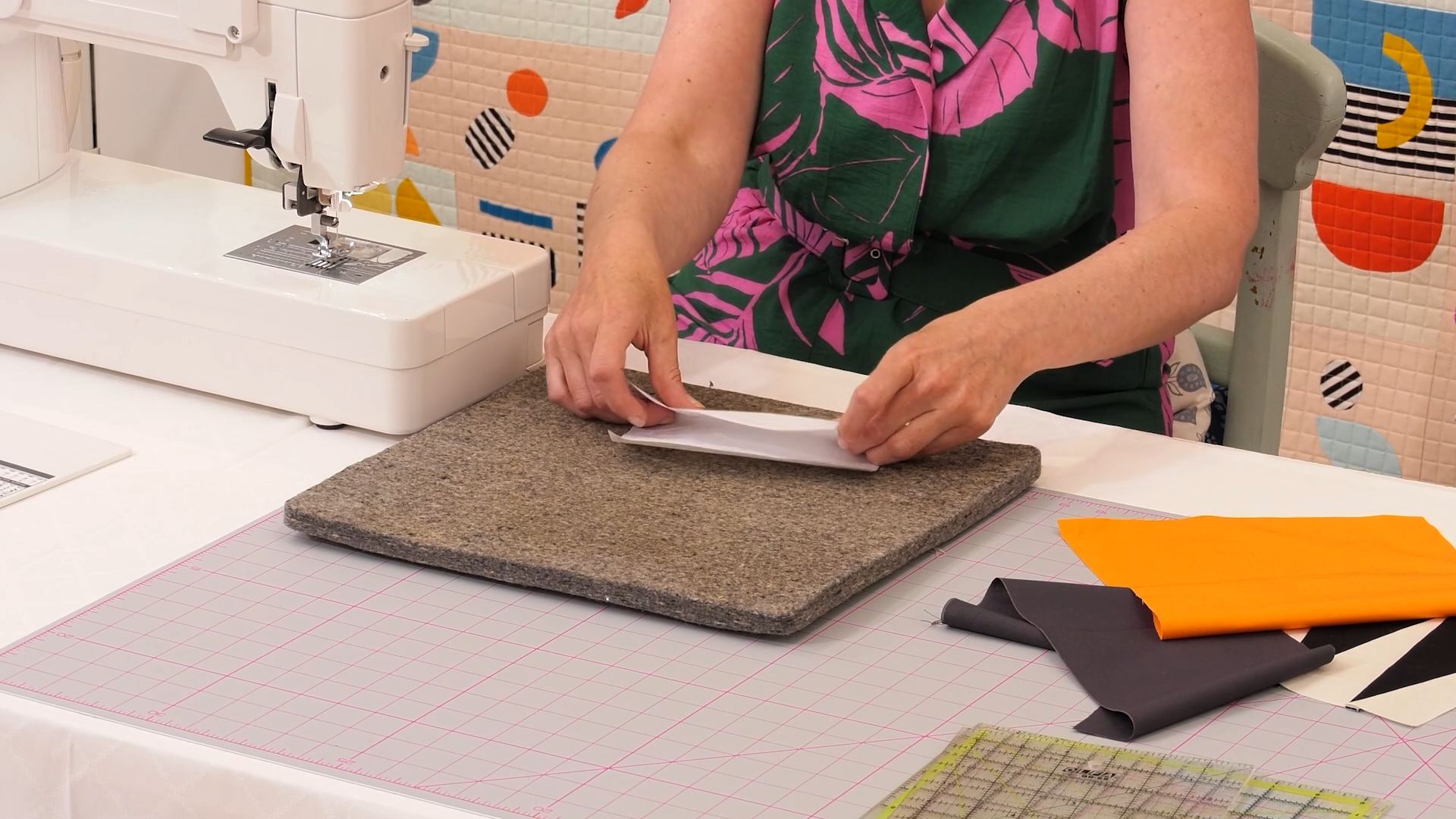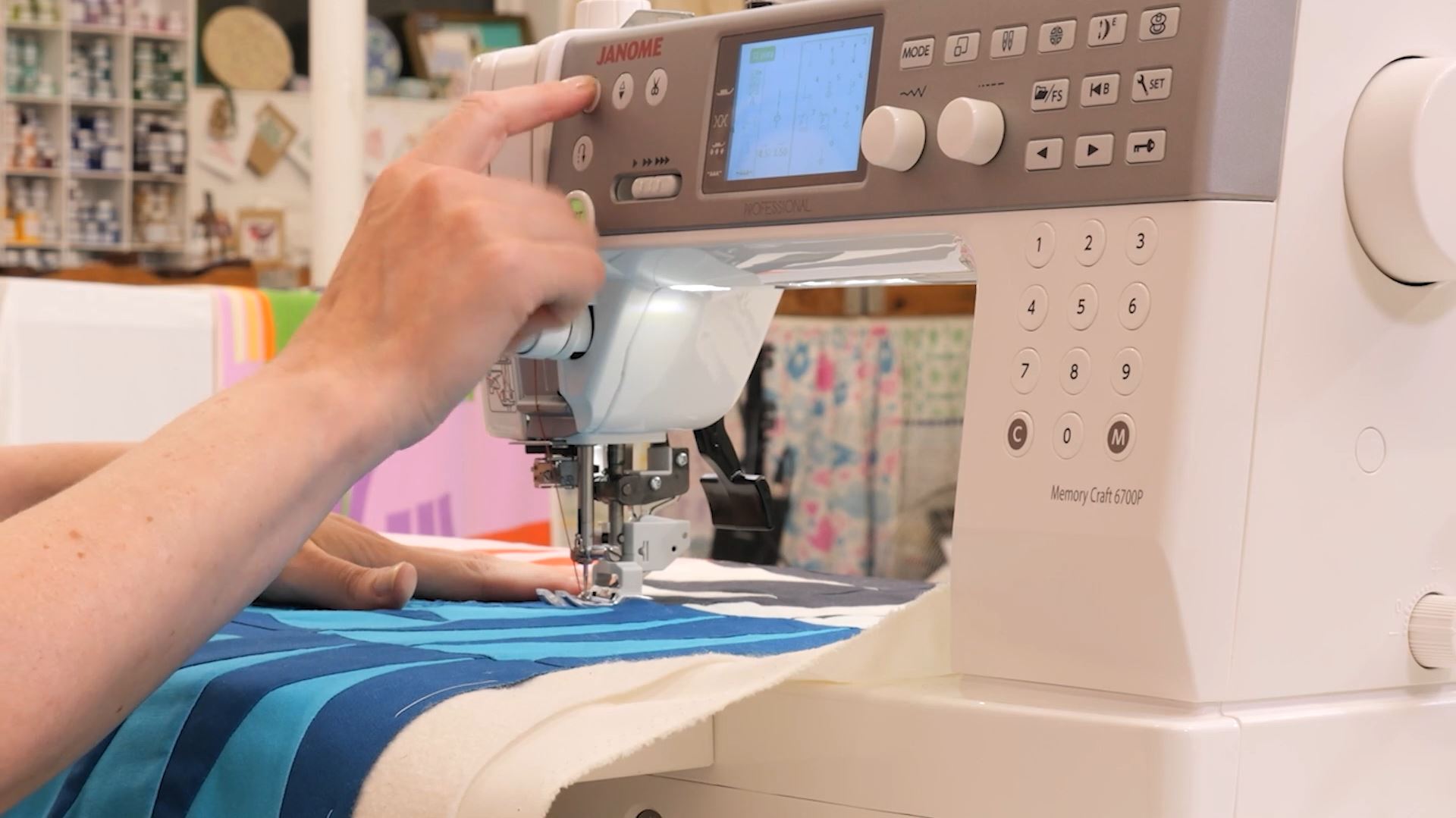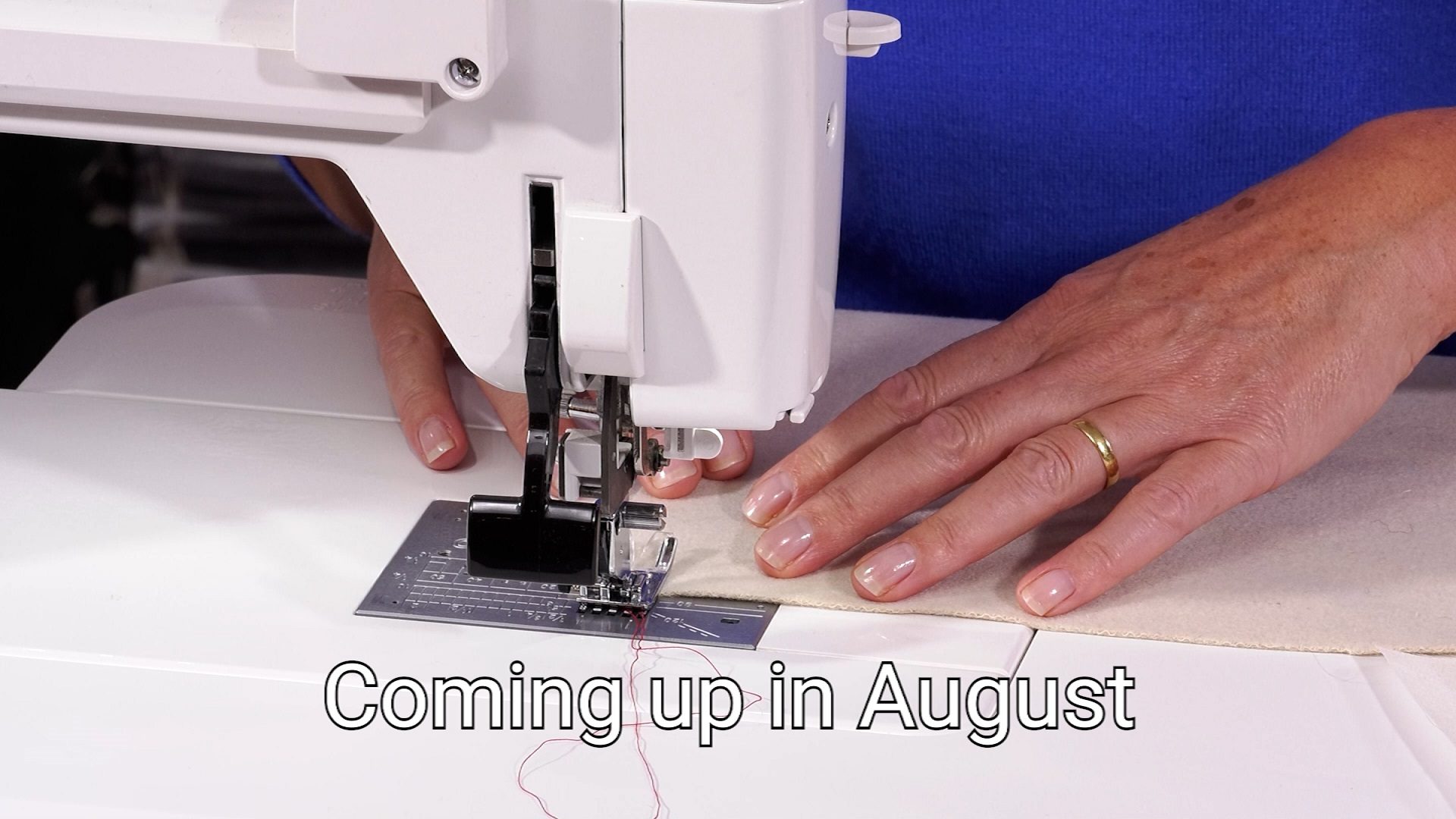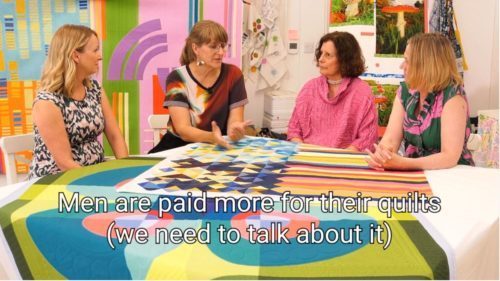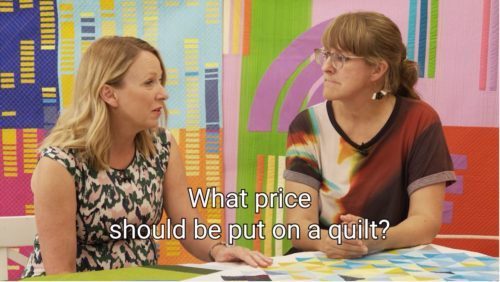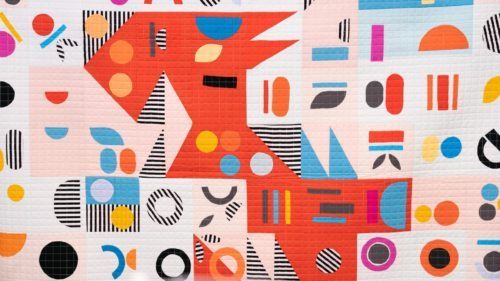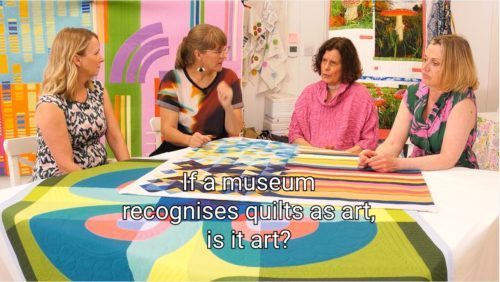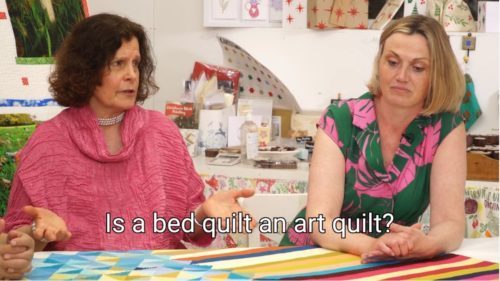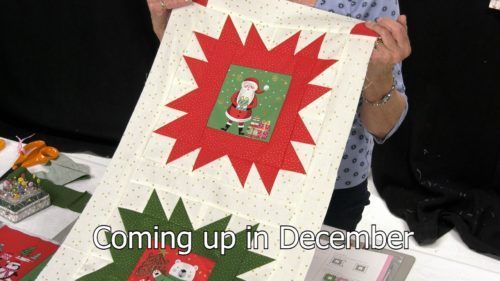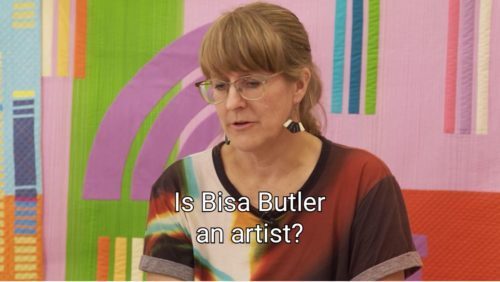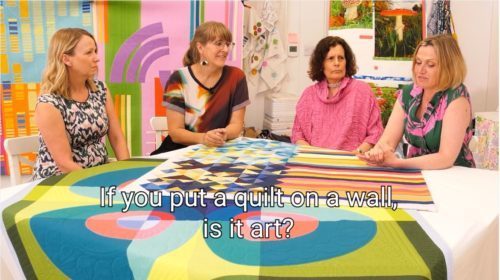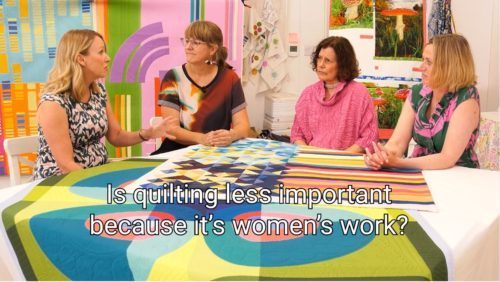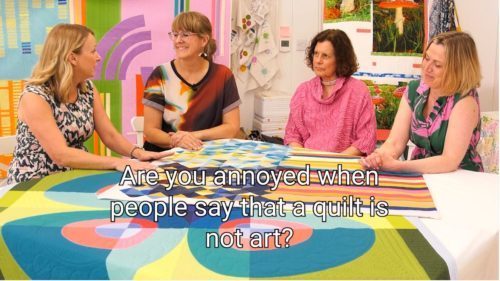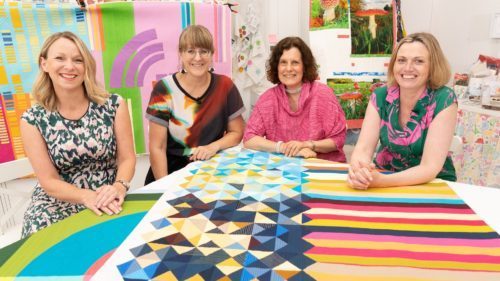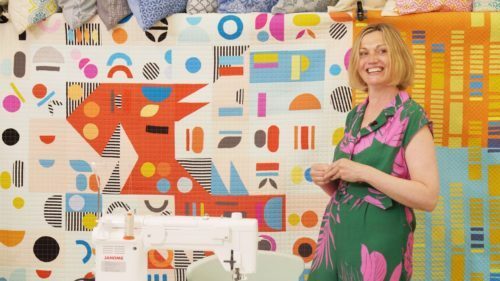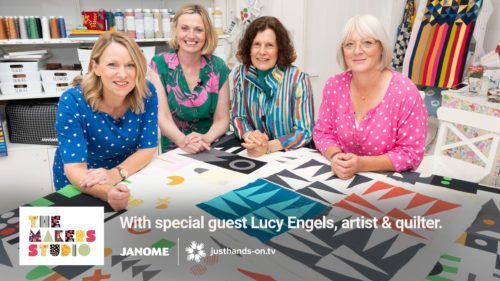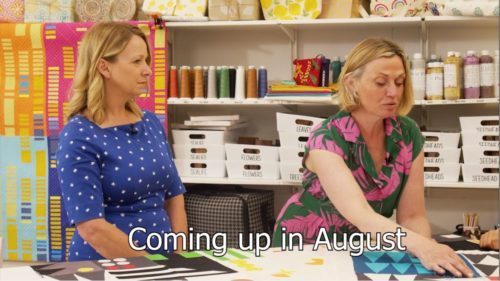About Lucy
Lucy Engels is a Modern Quilter and Visual Artist, Based in Edinburgh.
With a background in Fine Art and a BA (Hons) in Printmaking from Grays School of Art, Lucy has always been creative. But the real world beckoned, so she side-stepped into the world of social work for a good decade of her life. When Lucy moved back to Edinburgh for her partner’s work, this was her opportunity to step back into her artist shoes. She hasn’t looked back!
Lucy feels that her artistic background helps her bring different kinds of knowledge, skill and inspiration to the quilts and patterns that she creates.
You may have seen some of Lucy’s work exhibited at QuiltCon in 2018, 2020, and 2021 – – where she won an award in the appliqué category for my Naive Melody Quilt. She is heavily influenced by music!
Lucy collaborates regularly with industry leaders such as justhands-on.tv, JanomeUK, Aurifil Thread, FIGO Fabrics, Oakshott Fabrics, Purl Soho, and RJR Fabrics. She also teaches online workshops to individuals, groups, and Guilds, as well as in-person workshops in my Edinburgh studio.
According to Lucy, “I create unique, modern quilt patterns that coax out your inner artist by allowing you to put your own personality and stamp on what you’re making. This isn’t quilting by numbers. You don’t have to follow what I do to the letter. Consider it more as a map to guide you towards creating a stunning piece of art that you can curl up under when it’s done.”
To see Lucy’s designs and limited edition fabric collections, visit her website: https://lucyengels.com/
You can watch Lucy make a colourful modern quilt design using a foundation paper piecing technique that she calls, “controlled improv” in this episode of The Makers Studio series.
Signature Technique
Controlled Improv
Top Tips
- Experiment with colour to create movement in your quilt.
- Map out your design on a wall before cutting and sewing.
- Use music as an inspiration for your quilt design.
- Blue tip needles work a treat for paper piecing. Fine and sharp.
- A single line of different colour thread in your quilting creates lift.
- Fold the freezer paper along template lines to help with your foundation paper piecing.
Videos
Patterns
Posts
Is backstitching necessary for strip piecing?
Question from Youtube
Still a little new to quilting and enjoy it already! One thing I noticed is that you didn't back stitch when starting to join a new row. Is it necessary? Thanks, I know this is probably a simple question. Answer Nope the backwards and forwards and fixing stuff isn't necesary as you will be sewing across at rightangles at some future point (and at the time of sewing you don't know where you will be cutting). Make sure the stitch length isn't too long though - 2.2 or 2.4 is perfect for strip piecing (and piecing in general).
Recyling men’s ties
Question: Having watched the video: (click here to view) How many ties were used to make the quilt in the video, recycling men’s ties? I would like to make a quilt the same size as the one in the video. Would you recommend this project to a beginning quilter? Answer from Valerie
Sorry I can't recall how many ties I used BUT each tie contains a huge amount of fabric once its unravelled and if you cut into uneven strips then you can use it all (I still have a stash of large scraps for another quilt);
Its a great quilt for beginners BUT remember that the ties are on the bias of the grain so the strips will move until you anchor them onto their calico (or similar) backing - if you are a complete beginner spray starch may help you during the sewing process.
Its extremely forgiving especially since you can trim the blocks back to be exactly the same size as each other - whether you use the complete block of ties or couple it with a plain piece of fabric to make the half-square triangle unit - which in turn means you need to make only half the number of original blocks.
A few nice comments from you
Hi everybody really a good website will watch this space more often Jill Sent from my iPad (Oct 2013) Just to say that I think Carolyn Forster is a very good demonstrator. She speaks clearly and without a dull monotonous voice which some of your speakers unfortunately have! Her projects are also fairly easy to follow. Secondly, I really enjoyed Kaffe`s exhibition of his quilts in Wales. It was very interesting listening to Jen Jones talk about his work. Pity it is so far away to visit!

